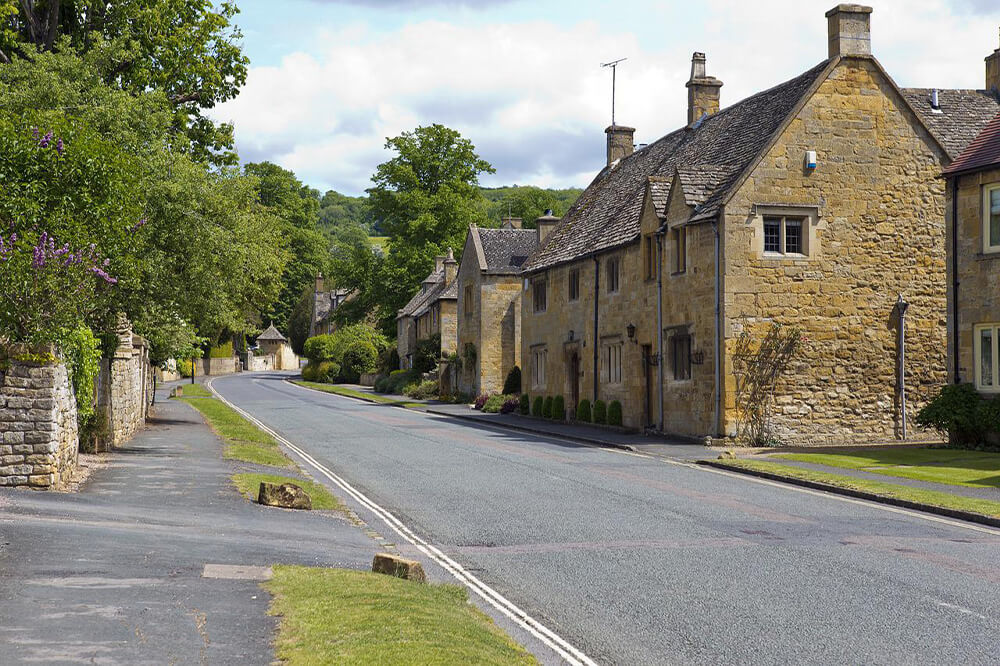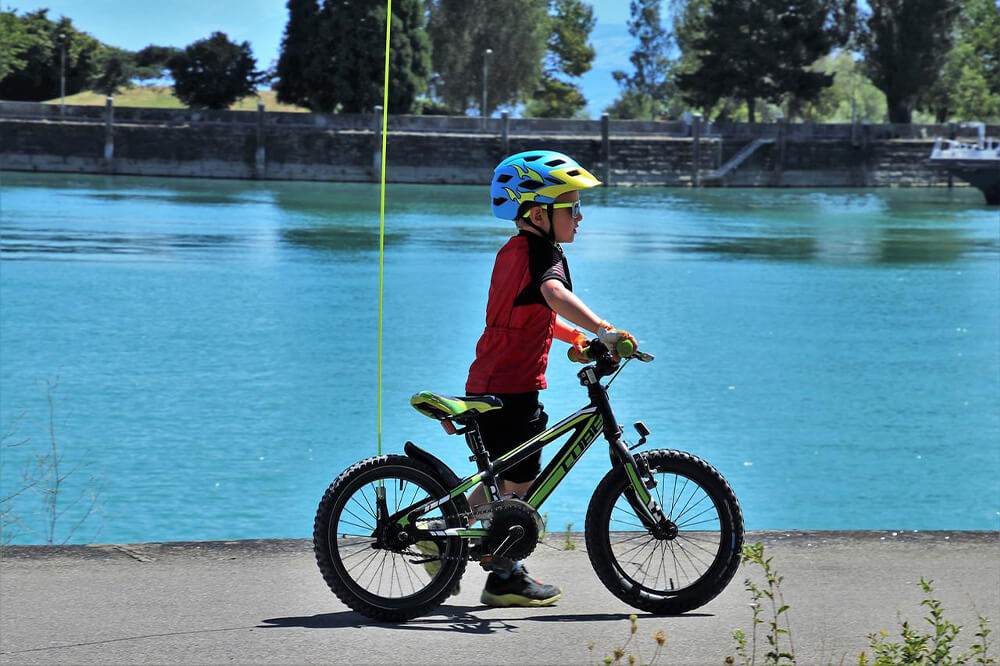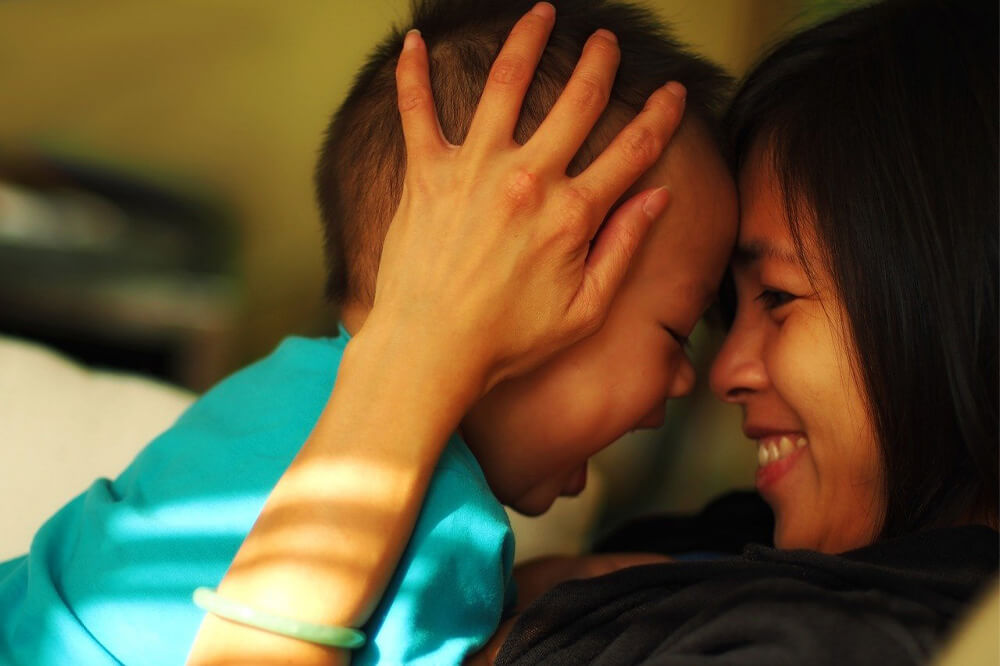Environmental factors
While biological factors relate to the natural influences that can affect growth and development, there are also environmental factors to consider – these factors relate to the world around us (our environment), and can have both a positive and negative impact on growth and development.
Think first!
Consider your environment…the people you have relationships with, the places you spend time in and the experiences you have, both at home and in the wider world. Can you list the factors in your environment that you think have had an influence on your own growth and development?
Type your list into the box below before you move on.
Now click on the images below to explore ways in which different environmental factors can affect growth and development.
Location
Where a child lives can determine the people, places, situations and circumstances that they experience, both at home and in the wider environment. For example:
- An urban area (such as a busy town, city, or inner city) can be overcrowded, with little space around for the child to get outdoors and enjoy physical play and exercise. Children might also be exposed to pollution, crime and noise in these areas. All of this can disturb a child’s development by increasing their stress levels. However, children living in urban areas may benefit from being able to interact with wider social groups and having easy access to services (such as health services, transport, libraries, schools, etc) and this can benefit their development in many ways.
- A rural area (such as smaller towns or villages in countryside locations) can give children easier access to lots of outdoor space to play in and explore, which can be very beneficial for their physical development and also their cognitive development (they can freely explore the world around them). Rural areas may be safer environments, as there are fewer vehicles on the roads, less pollution and typically less crime. The location of rural areas can mean that access to services is more restricted – families may need to have a car in order to travel to schools, leisure centres, nurseries, play groups, etc as public transport services may be limited in these areas. Access to services such as broadband can also be limited or unreliable in rural areas, and this can limit a child’s access to educational content and games online.
Socio-economic factors
The term ‘socio-economic’ relates to the combination of social and financial status….including household income, education and occupation. In particular, money (or lack of money) can have a great impact on a child’s growth and development. For example, families with very little money might not be able to provide the same kinds of food, clothing or education to a child that a more economically stable family can. They also might live in poor housing, or areas where there is a lack of opportunities. Where there is deprivation or poverty, parents or carers might not be able to provide for their children in the way they would like to, and children might spend less time with their relatives. The government recognises that poverty can have a really negative impact on child development, and provides support to help families struggling financially.
Poverty can be harmful to all aspects of a child’s development – they may not have access to basic needs such as food, clothing and shelter; and if they do have food, it may be that they have a poor diet (cheaper, less nutritious food is offered). Poor nutrition can limit the child’s ability to develop, both physically and cognitively – a healthy, balanced diet is essential in the early years to provide the growing child with the right fuel to grow strong muscles, for the brain to develop, etc. Similarly, poor housing standards can also have a negative impact on growth and development – for example, a house may be overcrowded, giving the child very little space to move around, explore and enjoy physical play/exercise; a poor standard of housing may also expose the child to a greater risk of injuries or exposure to harmful substances (such as mould).
Family
Family life is one of the most important factors when it comes to a child’s growth and development. Their family experiences expose them to behaviours, situations and relationships which can positive or negatively shape the way the child learns and develops. For example:
- A child observes the relationships around them and will learn their own behaviours from this – they see the relationships as examples of how they should behave themselves. If these relationships are positive, loving and supportive, then the child will grow to display similar behaviours; however, if these relationships are negative, abusive, violent, etc then the child is at risk of considering these behaviours ‘normal’ and adopting them in their own life.
- Parenting style and child care can also have a big impact. If parents are present and involved in the child’s development, this is obviously a positive thing – the parent supports the child, spending time with them (playing, reading, talking, interacting, etc) and the child will grow and develop as a result. If parents aren’t present, then quality childcare may come from others in the family, such as grandparents. However, children may not receive quality support and care from parents or others, and this can delay development.
- A family environment could be harmful and expose the child to dangerous situations and/or substances. For example, there may be abuse in the environment (either observed by the child or experienced by the child) or the child may suffer neglect. Children may also observe substance abuse in the home (for example, drugs or alcohol). This can lead to the child developing negative behaviours as they see substance abuse as normal or appropriate behaviour. Drug/alcohol abuse can also lead to an increased risk in the child suffering abuse or neglect; any abusive or dangerous environment can severely affect all aspects of a child’s growth and development.
- A child’s diet at home may be healthy or unhealthy, depending on circumstances. The family may enjoy regular, healthy family meals together, with parents present and engaged. This is a positive experience for the child, as they gaining the nutrients they need to grow through a balanced diet, and they are socialising and learning how to build positive relationships. On the other hand, an unhealthy diet can lead to delays in growth or development, it can also increase the risk of obesity or malnutrition.
Opportunities for exercise
In order to support a child’s physical growth and development, it is important for them to have access to opportunities for exercise. The National Health Service (NHS) sets out guidance for recommended daily levels of physical activity for babies (under 1 year), toddlers (aged 1 to 2) and pre-schoolers (aged 3 to 4). For example, at the age of 4, a child should spend at least 3 hours every day doing a variety of physical activities.
If a child has access to outdoor space and lots of opportunities for exercise (perhaps leisure centres, swimming pools, soft play areas, sports clubs, areas to walk or ride a bike, parks, etc), then this can have a positive impact on their development. It allows them to develop and strengthen physically, and being outdoors in fresh air can contribute towards good emotional wellbeing and reduced stress. Exercise can also help to support social and emotional development – children interact with each other, form new friendships and build confidence as they learn new skills.
If a child has limited access to opportunities for exercise – perhaps they live in a city, or in an overcrowded house with very little space around them – then they will find it difficult to exercise and move around freely. This can delay physical development and also increase risk of obesity.
Household income could limit access to certain opportunities for exercise (such as being able or unable to pay for structured activities, such as swimming lessons or dance classes) – however, there are many options for exercise that are free of charge…going for a walk or a trip to the park, for example.
Stimulation
As you learned in Unit 1, the more interaction you can have with a child, the more they will learn and grow. For example, we looked at lots of ways in which a language rich environment can support cognitive development as well as communication and language development – asking lots of questions, talking to the child and encouraging them to join in conversations.
This links back to family life and parenting styles, and whether the child has people around them to talk and interact with – do they have opportunities to have conversations, read, interact with others, etc? If a child is in a situation where parents/carers are not often around, or they have very little interest in interacting with the child, then this has a negative impact on development. In low or no income families, there may be limited money available to buy stimulating toys/games, pay for childcare while parents work to bring money in for bills, food, etc or to go out/travel to play experiences that aren’t free of charge.
When a child is able to access play experiences, this is very useful in stimulating learning and development. This may include indoor or outdoor play experiences, they may be within a nursery or school setting, or at home. Every play experience contributes in some way to the child’s development!
Relationships
As you can see, the relationships in a child’s life have a great impact on the way in which the child learns to socialise and behave in different situations. Relationships also contribute to a child’s feeling of security, safety and protection (or lack of it)…when a child feels safe and secure, they will develop confidence to take risks and explore the world around them, supporting their development in many areas (particularly cognitive and physical development).
The first relationships that a child will experience/observe will be with adults (parents, carers, grandparents, etc). The interactions that the child has in these relationships support cognitive, social, emotional, communication and language development. From these relationships, the child will learn how to behave, how to socialise/interact with others; the child will adopt the habits that they see (whether positive or negative)!
As children grow, they will begin to form relationships with other children (firstly, only playing alongside others, but over time learning to play together). The more opportunities a child has to access play experiences, they will gain confidence in socialising with other children and learn how to interact positively…making new friends along the way!
Key point!
Every child is different, and will develop at different rates. The factors on this page can have a big impact – positively and negatively – on a child’s development. Although all parents do love their children equally, the amount of time that different people can spend with their children, and the environments they can provide for them, can differ.






